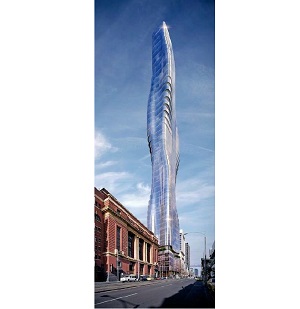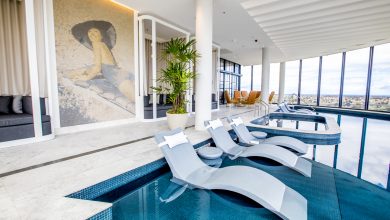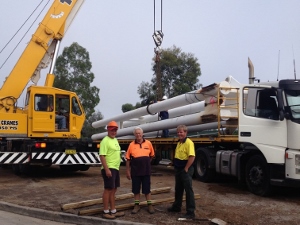Which regions are driving Australian tourism?
Expedia Group has revealed Australia’s top ten fastest growing regional destinations for international demand, and six are in New South Wales.
[pro_ad_display_adzone id=”15046″ align=”left”]Based on the OTA’s hotel demand data for international travellers to Australia from January 2018 to December 2018, the figures show international demand for New South Wales as a whole grew 40 per cent year-on-year, and regional towns were the chief beneficiaries of the growing demand.The Murray region bordering of New South Wales and Victoria, and the Hunter Valley topped the national list, both recording triple-digit year-on-year growth of 130 per cent and 105 per cent respectively.
The data will be a source of gratification for Destination NSW, which is currently concentrating its focus on boosting regional tourism through a major events and marketing push.
The fastest growing regional Destinations in Australia according to Expedia are:
- The Murray, NSW (130 percent)
- Hunter Valley, NSW (105 percent)
- Mackay, QLD (90 percent)
- Newcastle, NSW (80 percent)
- Wollongong, NSW (75 percent)
- Gippsland, VIC (75 percent)
- Coffs Harbour, NSW (70 percent)
- Townsville, QLD (60 percent)
- Port Macquarie, NSW (60 percent)
- Coral Coast, WA (60 percent)
Jamie Griego, director of market management at Expedia Group, said the strong demand from international travellers for regional towns told an encouraging story of economic benefit for local hoteliers.
“Importantly, the value of this demand to regional New South Wales destinations tells a more positive story still. In fact, Expedia Group data shows that the average daily hotel rate paid by international visitors have increased, while cancellations have dropped.”
The data reflects Airbnb figures for the same period, which show regional Australia taking all ten top spots for in-demand booking locations in 2018.
According to Airbnb country manager Sam McDonagh, the demand for accommodation in regional areas has increased dramatically in the past few years, with users eschewing big cities in favour smaller, more isolated Australian towns.
“The list is based our internal data, on bookings that were made in 2018, compared to bookings made in the same period of 2017,” he said.
“Looking at the data, what we are really seeing is that more than half the bookings made in Australia this year were made in regional areas. It’s a growing trend, and it shows people are looking to stay outside city areas now.”
However, one survey shows the number of Aussies intending to take holidays at home and abroad falling in 2019.
Roy Morgan’s Leading Indicator Travel Intention, based on face-to-face interviews with 50,000 consumers, shows 13.94 million Australians (67.6 percent) intend to take a holiday in the next 12 months – a drop of 250,000 or 1.8 per cent from the same time 12 months ago.

AccomNews is not affiliated with any government agency, body or political party. We are an independently owned, family-operated magazine.






This not really a surprise. A lot of accommodation providers in regional areas are small , Motels 20 rooms or less , B&B’s , AirB@B , and would not show up in ABS statistics. Providers of rooms less that 20 are not counted in accommodation statistics.